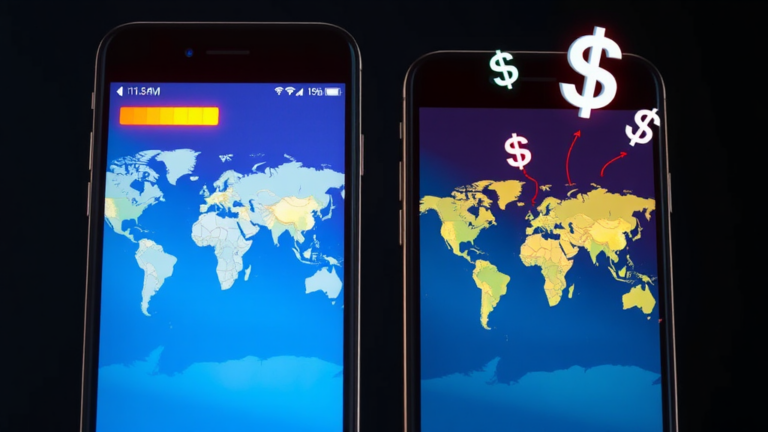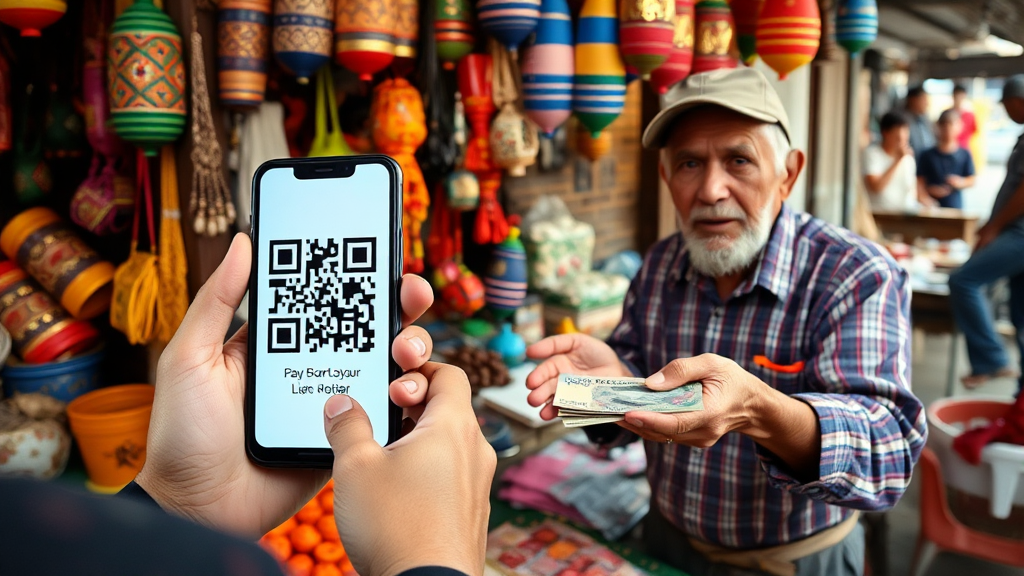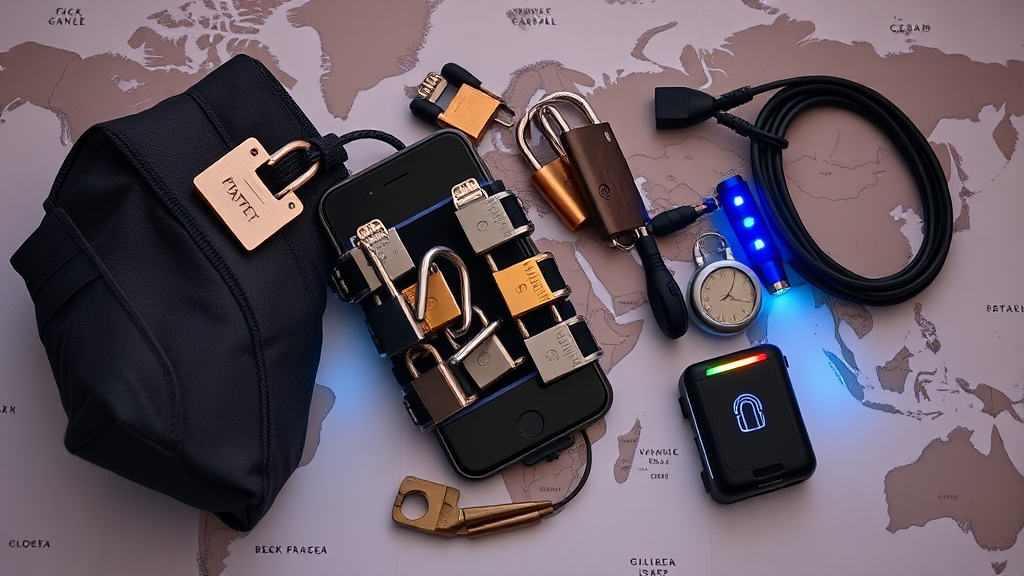Staying connected while traveling abroad is essential for many. This guide explores international data plans, helping you choose the best option for your needs and budget.
Understanding International Data Options
International data plans come in various forms. Key options include:
- Carrier-specific international plans
- Local SIM cards
- Global SIM cards
- Portable Wi-Fi hotspots
Each option has pros and cons, depending on your destination and usage needs.
Comparing Top U.S. Carriers’ International Plans
Major U.S. carriers offer diverse international data options. Here’s a quick comparison:
| Carrier | Plan Type | Coverage | Cost |
|---|---|---|---|
| AT&T | International Day Pass | 100+ countries | $10/day |
| Verizon | TravelPass | 185+ countries | $10/day |
| T-Mobile | Magenta Plan | 210+ countries | Included |
Compare these plans with your travel frequency and data needs to find the best fit.
Local SIM Cards: Pros and Cons
Benefits of local SIM cards:
- Often cheaper than carrier plans
- Local phone number for easier communication
- Typically faster data speeds
Drawbacks:
- Requires an unlocked phone
- May involve language barriers when purchasing
- New phone number for each country visited
Consider a local SIM if you’re staying in one country for an extended period.
Money-Saving Strategies for International Data
Traveling abroad doesn’t have to break the bank when it comes to staying connected. Here are some practical ways to reduce your data costs:
- Use Wi-Fi whenever possible: Many hotels, cafes, and public spaces offer free Wi-Fi
- Download offline maps: Use Google Maps or Maps.me for navigation without data
- Limit background app refresh: Prevent apps from using data unnecessarily
- Set data usage alerts: Monitor your consumption to avoid overage charges
By combining these strategies, you can significantly reduce your data expenses while traveling.
Navigating Data Security Abroad
Protecting your data while using international networks is crucial. Follow these security measures:
- Use a VPN to encrypt your data on public Wi-Fi networks
- Enable two-factor authentication on your accounts
- Avoid accessing sensitive information on public networks
- Update your devices and apps before traveling
These precautions help safeguard your personal information from potential cyber threats abroad.
Troubleshooting Common International Data Issues
Even with careful planning, you may encounter connectivity problems. Here’s how to address common issues:
| Problem | Solution |
|---|---|
| No service | Restart your device or toggle airplane mode |
| Slow data speeds | Check if you’ve reached your high-speed data limit |
| Can’t connect to local network | Ensure your phone is unlocked and compatible |
If problems persist, contact your carrier’s international support line for assistance.
Future-Proofing Your International Data Strategy
As technology evolves, so do international data options. Stay ahead with these tips:
- Research eSIM technology: Many new devices support digital SIM cards
- Consider multi-country plans for frequent travelers
- Look into global Wi-Fi networks like Boingo for alternative connectivity
By staying informed about emerging technologies, you can make smarter choices for future international travel.
Conclusion
Choosing the right international data plan requires balancing cost, convenience, and coverage. By understanding your options, implementing money-saving strategies, and prioritizing security, you can stay connected affordably and safely while traveling abroad. Remember to reassess your needs before each trip, as both your travel patterns and available data solutions may change over time.










